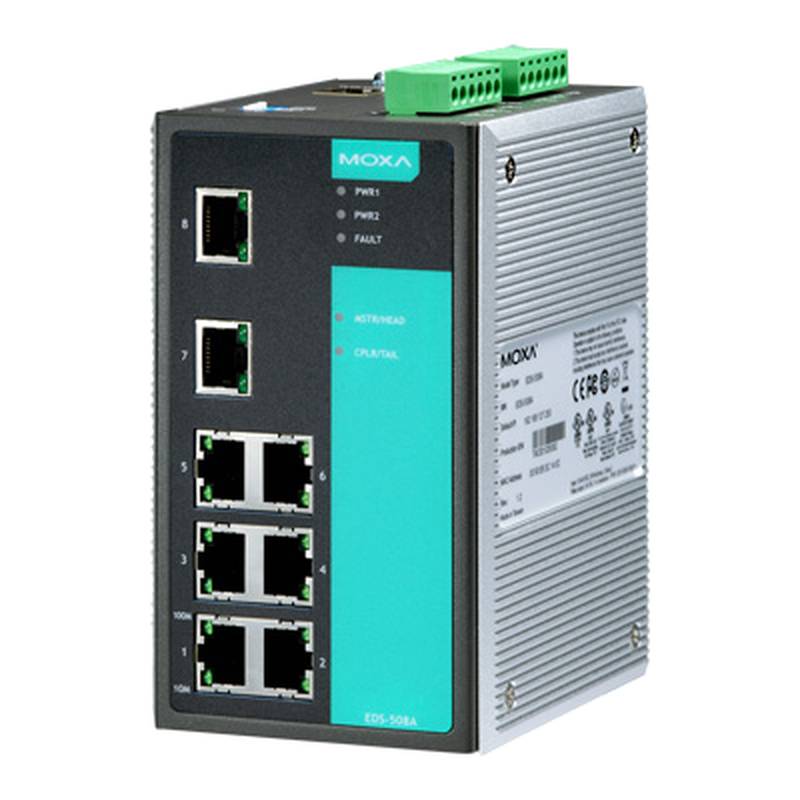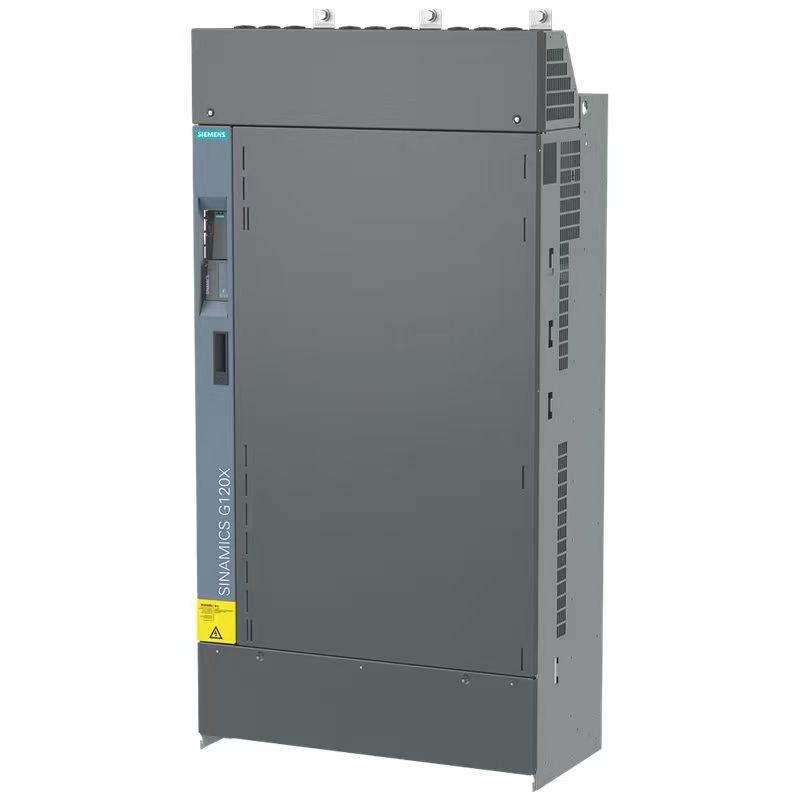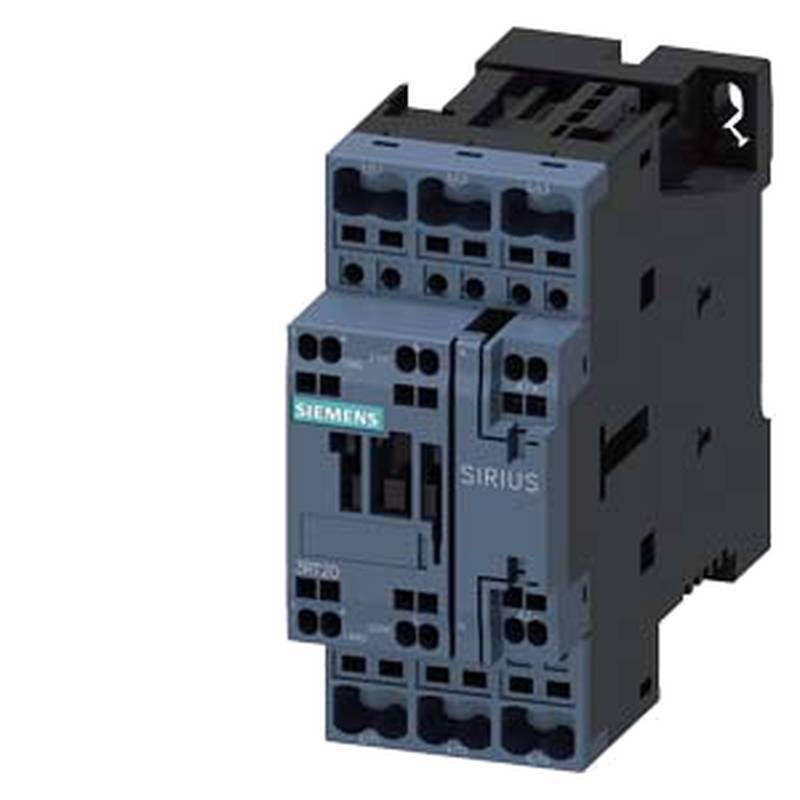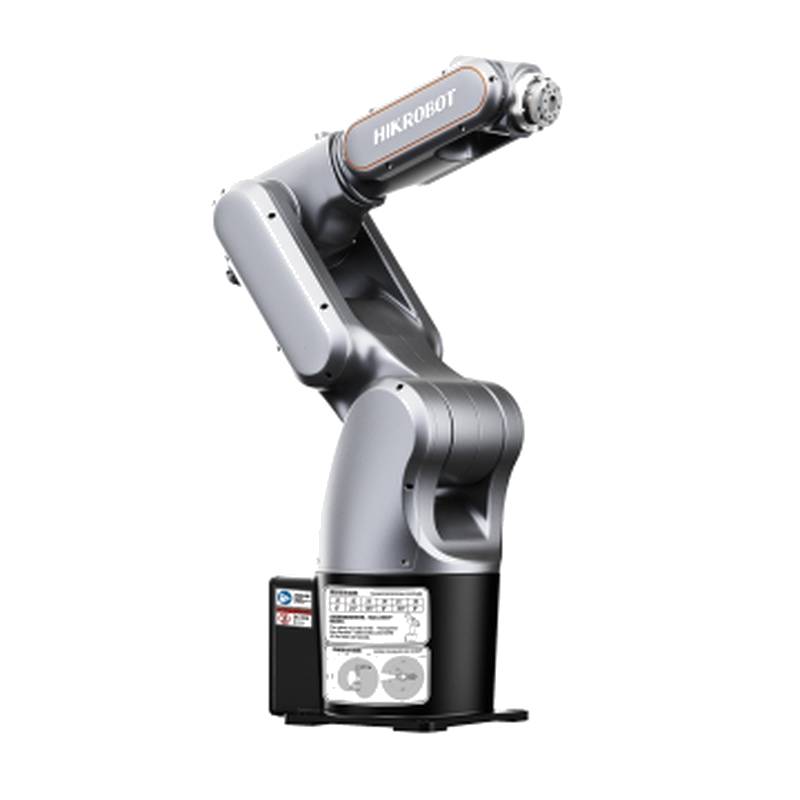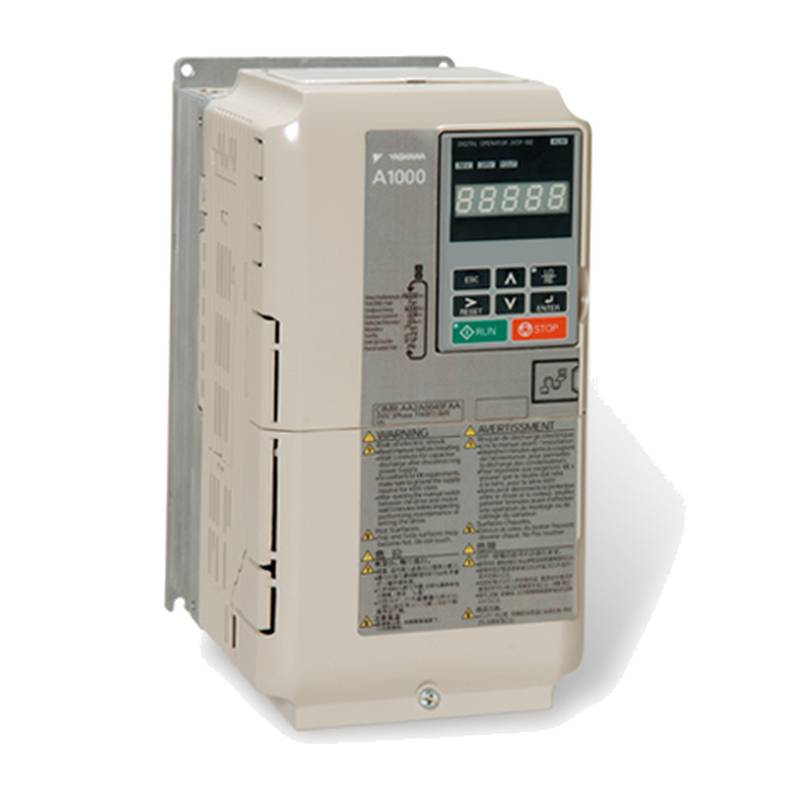
The Siemens 7KT1666 SENTRON is a high-precision, single-phase DIN rail power instrument designed for calibrated energy measurement in both single and three-phase networks. This device offers comprehensive monitoring of electrical variables and provides crucial data for assessing system status, making it an indispensable tool for industrial plants, commercial buildings, and residential applications requiring accurate energy billing. Its robust construction and advanced features ensure reliable performance and seamless integration into existing energy management systems.
Product Specifications
| Feature | Specification |
| :---------------------------- | :--------------------------------------------------------------------------- |
| Model | Siemens 7KT1666 SENTRON 7KT PAC1600 |
| Type | Single-Phase DIN Rail Power Instrument |
| Rated Current | 80 A |
| Voltage (Line-Line) | 400 V |
| Voltage (Line-Neutral) | 230 V |
| Communication Protocol | Modbus RTU/ASCII + MID |
| Energy Measurement | Apparent, Active, Reactive |
| Power Supply | Self-powered |
| Connection Type | Screw terminals |
| Mounting | DIN rail |
| Display | LCD |
| Protection Class | IP40 (front), IP20 (rear) |
| Operating Frequency | 45 Hz - 65 Hz |
| Accuracy | According to IEC62053-21 and IEC62053-23 |
| Dimensions (Modular Width) | 4 units |
| Weight | 360 g |
| Certified | MID (Measuring Instruments Directive) |
| Supported Interfaces (Optional) | S0, RS485 |
Core Features & Market Positioning
The Siemens 7KT1666 stands out in the market due to its direct measurement capability for currents up to 80A, eliminating the need for external current transformers in many single-phase applications. Its calibration according to the Measuring Instruments Directive (MID) ensures legal conformity for billing purposes across Europe. The integration of Modbus RTU/ASCII communication facilitates straightforward integration into SCADA systems and energy management platforms, offering substantial advantages for data acquisition and analysis. This positions the 7KT1666 as a competitive solution for accurate energy monitoring and transparent billing in diverse commercial and industrial settings. The TRMS (True Root Mean Square) measurement capability ensures accurate readings even with distorted voltage curves.
Key Application Scenarios
The versatility of the Siemens 7KT1666 makes it suitable for a wide array of applications. In industrial plants, it precisely measures energy consumption for individual machines or entire production lines, providing data crucial for cost allocation and efficiency improvements. For commercial buildings and offices, it enables accurate sub-metering for tenant billing and helps identify areas of high energy usage. In multi-family residential buildings, the 7KT1666 facilitates precise energy accounting for each apartment, ensuring fair and transparent utility charges. It is also well-suited for monitoring energy feed-in and outgoing currents, offering a complete picture of energy flow within an installation.
Practical System Integration Guidance
Integrating the Siemens 7KT1666 into existing systems is streamlined by its standard DIN rail mounting and accessible screw terminals for connections. For Modbus RTU communication, it's essential to configure the correct baud rate, data format, and slave address within the device's parameters. A 120 Ω terminating resistor is recommended at the beginning and end of the bus cable to prevent signal reflections. The device supports direct measurement up to 80 A, simplifying installation for many applications. For systems with higher currents, external transformers would be required, necessitating appropriate wiring according to the relevant schematics. Qualified electricians should perform all installations to ensure safety and compliance with local regulations.
Operation and Risk Mitigation
Safe operation of the Siemens 7KT1666 requires adherence to electrical safety standards. Installation and maintenance should only be performed by qualified personnel. The device is protected by passwords to mitigate the risk of manipulation, with default passwords available for user rights. In case of a faulty or damaged device, it should be safely uninstalled, packed, and returned to Siemens for repair or replacement under warranty. Always observe the safety instructions and warnings provided in the product manual to prevent personal injury or property damage.
Scalability & Long-Term Value
The Siemens 7KT1666 offers significant long-term value through its compatibility with higher-level automation and energy management systems via Modbus RTU, M-Bus, or S0 interfaces. This connectivity allows for seamless integration into smart grid initiatives and Industrial IoT (IIoT) platforms, enabling advanced data analytics and predictive maintenance strategies. The availability of optional interfaces expands its functionality, allowing for future upgrades and adaptation to evolving system requirements. Siemens' commitment to regular review and updates of its documentation ensures that users have access to the latest information and support, maximizing the device's operational lifespan and return on investment.
FAQs
1. What are the primary advantages of the Siemens 7KT1666?
The Siemens 7KT1666 offers direct current measurement up to 80A, simplifying installation and reducing component needs. Its MID certification ensures compliance for billing purposes across Europe.
This device provides accurate measurement of apparent, active, and reactive energy, along with voltage, current, and frequency. The integrated Modbus RTU communication allows for easy integration into energy management systems.
Its robust design and self-powered operation contribute to reliable performance and long-term value. The DIN rail mounting ensures easy integration into standard electrical cabinets.
2. What types of electrical variables can the Siemens 7KT1666 measure?
The 7KT1666 measures all relevant electrical variables in an AC system, including apparent, active, and reactive energy. It also measures voltage, current, and frequency.
This comprehensive data set provides a complete overview of energy consumption and system status. The TRMS measurement capability ensures accuracy even with non-sinusoidal waveforms.
Such detailed monitoring is crucial for energy efficiency analysis, load management, and fault detection within electrical installations.
3. How is the Siemens 7KT1666 integrated into existing systems?
Integration is facilitated by the device's Modbus RTU/ASCII communication interface. This allows easy connection to SCADA systems and energy management platforms.
For Modbus RTU, ensure correct baud rate, data format, and slave address are configured. Consider using a 120 Ω terminating resistor at both ends of the bus cable for signal integrity.
The standard DIN rail mounting simplifies physical installation within electrical cabinets, and screw terminals allow for straightforward wiring.
4. What are the key application areas for the Siemens 7KT1666?
This instrument is ideal for calibrated energy measurement in industrial plants for precise consumption monitoring. It is also used in commercial buildings and offices for sub-metering and tenant billing.
In multi-family houses, it enables accurate energy accounting per apartment, ensuring fair billing. It's also valuable for monitoring energy feed-in and outgoing currents within electrical installations.
The device's accuracy and MID certification make it suitable for any application requiring reliable energy data for billing or analysis.
5. What technical specifications should I be aware of for the 7KT1666?
Key specifications include a rated current of 80A and operating voltages of 400V (L-L) and 230V (L-N). It operates within a frequency range of 45-65 Hz and features Modbus RTU/ASCII communication.
The device measures apparent, active, and reactive energy with accuracy per IEC62053-21 and IEC62053-23 standards. It is self-powered and mounts on a standard DIN rail.
The front has an IP40 protection rating, and it is MID certified for billing purposes.
6. How do I ensure safe operation and mitigate risks with the 7KT1666?
Only qualified electricians should install and service the device. Always follow the safety instructions in the manual to prevent electrical shock or equipment damage.
The device includes password protection to prevent unauthorized access and manipulation. In case of damage, do not install or operate the unit; return it to Siemens.
Ensure proper grounding and adhere to all local electrical installation standards and regulations for safe operation.
7. What communication protocols does the Siemens 7KT1666 support?
The Siemens 7KT1666 primarily supports Modbus RTU and Modbus ASCII protocols for data communication. These protocols enable seamless integration with automation systems.
Optional interfaces like S0 and RS485 are also available depending on the specific device version. These offer alternative or supplementary communication pathways for various applications.
These communication capabilities are vital for extracting measured data and incorporating it into larger energy management or monitoring platforms.
8. Is the Siemens 7KT1666 suitable for billing purposes?
Yes, the Siemens 7KT1666 is calibrated according to the Measuring Instruments Directive (MID). This certification is essential for legal energy metering and billing across Europe.
The MID conformity ensures that the energy values recorded by the device are precise, reproducible, and reliable for financial transactions. It covers energy values for feed-in, outgoing, or individual consumers.
This makes the 7KT1666 a trusted choice for applications where accurate and legally compliant energy measurement is a primary requirement.
9. Can the 7KT1666 be used in both single-phase and three-phase systems?
The Siemens 7KT1666 is specifically designed as a single-phase DIN rail power instrument. However, it is frequently deployed in systems that include three-phase configurations for metering individual phase loads or specific consumers within a three-phase network.
While the device itself operates on a single-phase principle, its measurements of apparent, active, and reactive energy are applicable to understanding loads within each phase of a larger three-phase system. This allows for detailed analysis of energy distribution.
For direct measurement of all three phases simultaneously with a single device, a three-phase energy meter would be required. The 7KT1666 excels at detailed single-phase or individual phase monitoring within broader electrical architectures.
10. What is the power consumption of the Siemens 7KT1666?
The Siemens 7KT1666 is a self-powered device, meaning it draws minimal power from the circuit it is measuring for its own operation. Its typical consumed active power is listed as 1 W without an expansion module.
This self-powered nature is a significant advantage, as it does not require a separate auxiliary power supply, simplifying installation and reducing potential points of failure. It also contributes to overall energy efficiency by minimizing parasitic load.
The low power consumption ensures that the device's operational load on the measured circuit is negligible, making it highly efficient for continuous energy monitoring applications.
















